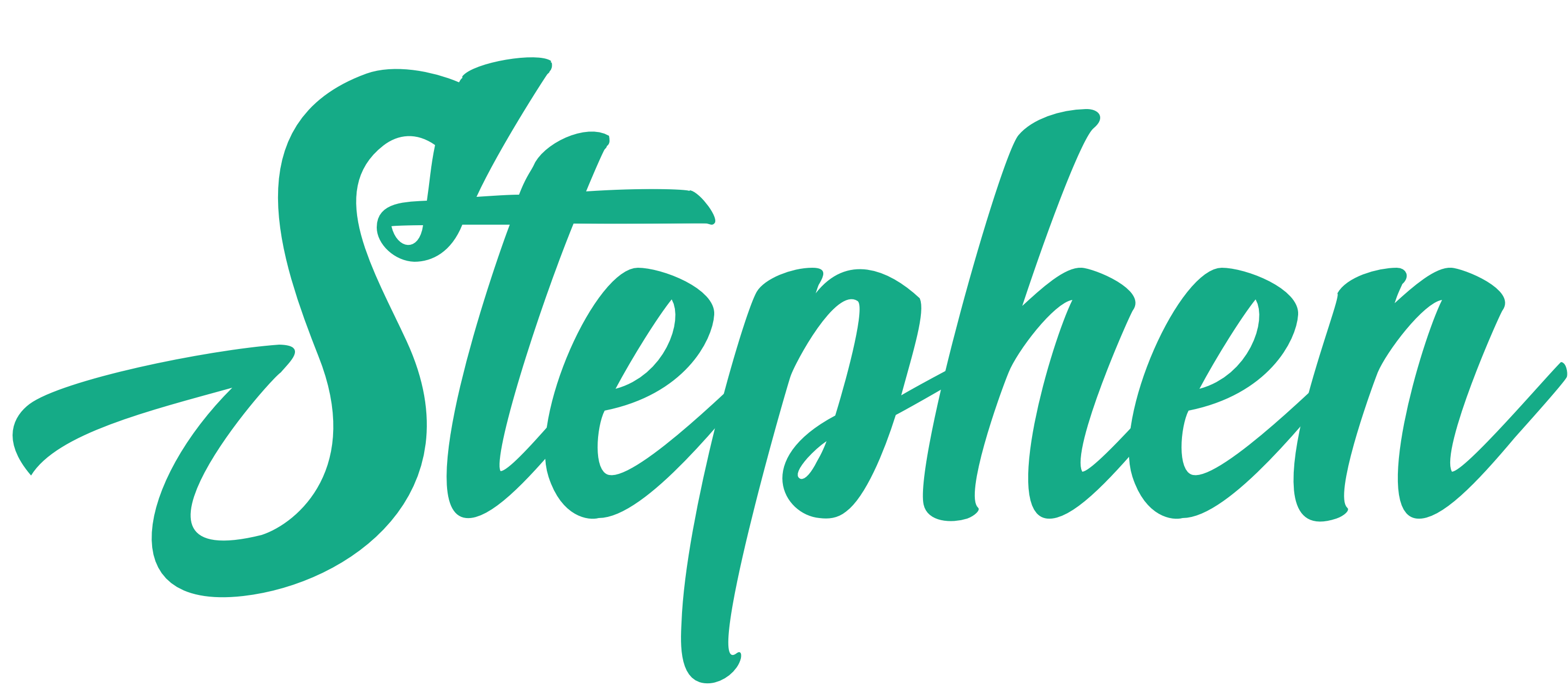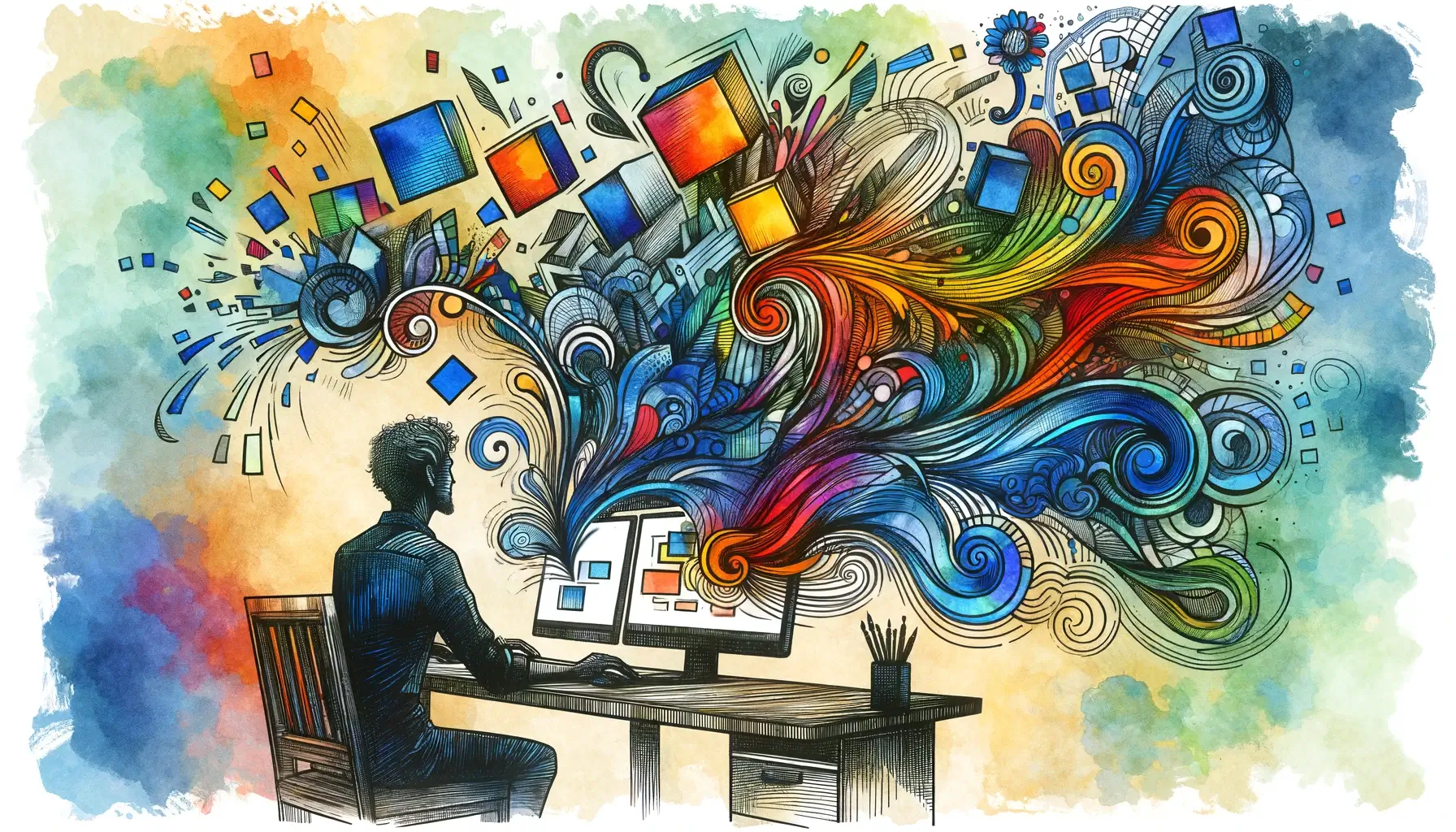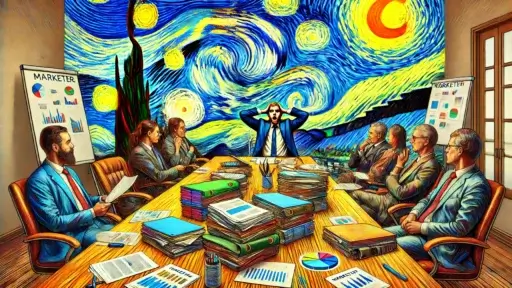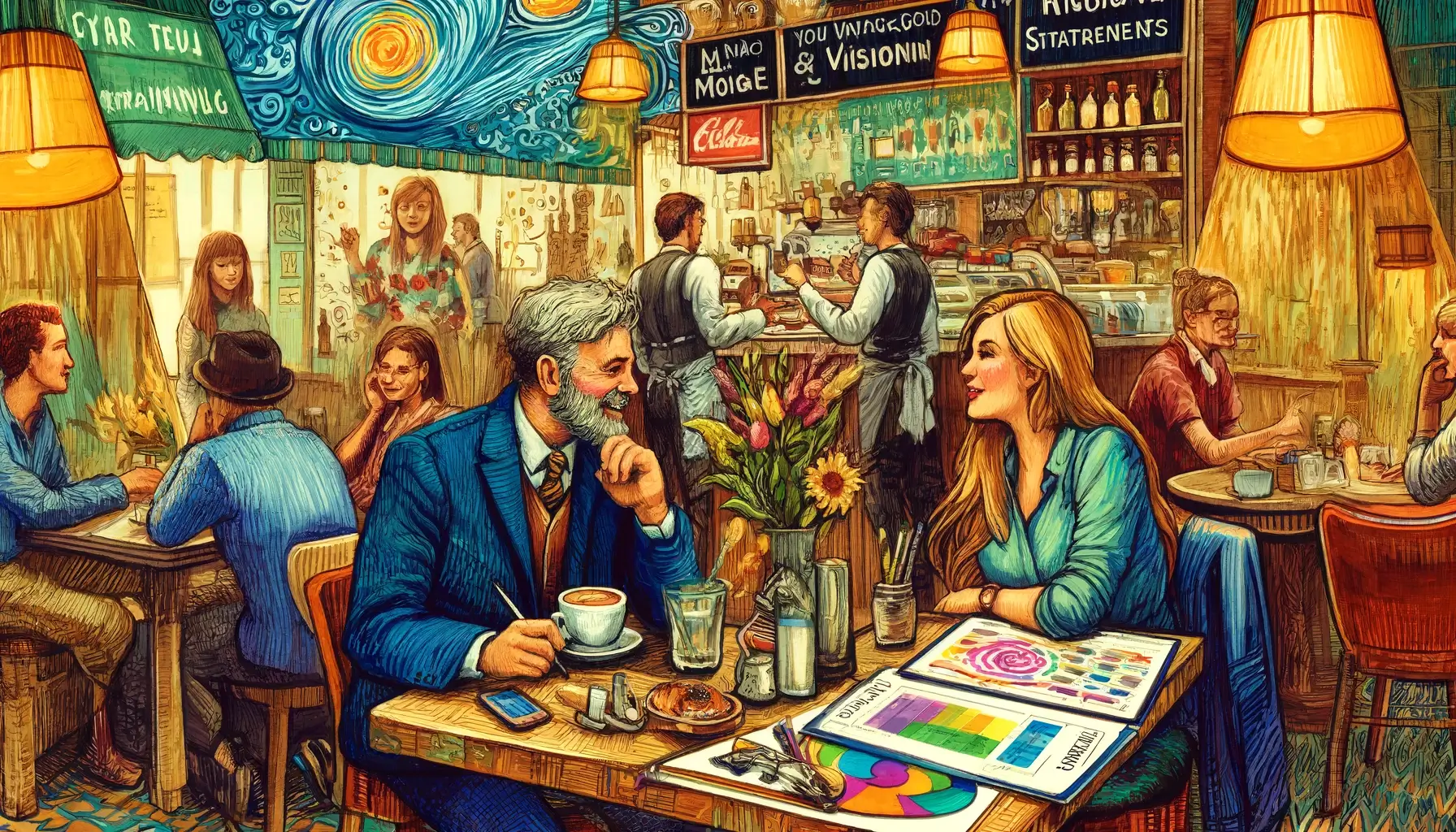I like these thoughts by Andy Rutledge:
In graphic design, nothing is what it actually is. Everything other than content is representative of something else. A line isn’t a line, it’s a boundary. Don’t need a boundary? Or is that boundary already clear by some other means? Don’t use a line. Same goes for boxes, gradients, white space, scale, font, and any other design element there is.
Design is a nuanced world. And as designers, our canvas isn’t just filled with objects or visual elements—it’s a dynamic landscape where we orchestrate thought sequences to navigate through problems and uncover solutions.
Each stroke, color, and shape isn’t an end in itself but a means to guide the viewer’s mind, to lead it from inquiry to understanding, from confusion to clarity. It’s a subtle, yet profound, exercise in optimizing cognitive pathways, where the real artistry lies not in the creation of objects but in the crafting of mental journeys.
This optimization of thought sequences demands a deep empathy for the viewer’s experience, an understanding that the design is not for the designer but for the mind that will engage with it.
A line is no longer just a line but a direction—white space isn’t emptiness but a pause for reflection; a font choice is not about aesthetic preference but about the ease of comprehension. In this context, every design decision is a deliberate attempt to solve a problem, to ease the cognitive load, and to make the message not just seen, but understood and felt.
It’s a reminder that in design, we’re not just arranging objects on a screen or a page; we’re sculpting thought processes, and in doing so, we’re shaping experiences and outcomes.





